撰文:Andy,epochChain
全球金融体系的演进与更迭
背景介绍
大航海时代:金融本源的诞生(15 - 17 世纪)
大航海时代为金融体系的发展奠定了基石。荷兰东印度公司为解决远洋贸易的巨额资金需求,开创性地发行股票,将 「贸易收益权」 定价并拆分交易,实现了 「资产可交易化」,普通民众得以参与远洋贸易投资,分享收益。与此同时,海上保险出现,商船主通过支付保费转移运输风险,众多商船主的保费汇聚形成风险分散资金池,成为 「风险分散与定价」 的早期模式。在跨国贸易中,黄金、白银凭借稀缺性与公认价值,成为核心结算工具,解决了不同货币体系间的兑换信任难题。此时,金融系统初步具备收益获取(股票投资)、风险对冲(海上保险)、价值结算(贵金属)三大核心职能,相互支撑,服务于贸易扩张需求,构建起金融体系雏形。

白银货币体系与霸权更迭(19 世纪)
19 世纪,清朝凭借茶叶、丝绸等商品的强大竞争力,在全球贸易中占据重要地位,大量中国商品出口吸引全球白银流入,形成 「中国商品 - 全球白银」 的循环体系,白银成为全球贸易的核心结算货币,本质是以中国商品实力锚定结算媒介。随着跨国贸易规模扩大,股票交易从欧洲扩展至全球,保险业务从海运延伸至大宗商品运输,但其核心逻辑始终围绕 「为资产定价、为风险兜底」。然而,鸦片战争打破了这一格局,英国通过战争掠夺中国白银,削弱中国货币基础,并凭借自身金矿储备推行 「金本位」,重新定义全球结算规则,彰显了国家实力对结算媒介地位的决定性作用。

布雷顿森林体系与美元时代(20 世纪)
1944 年布雷顿森林体系确立,「美元与黄金挂钩、各国货币与美元挂钩」,全球结算体系从以贵金属为核心锚点转变为以 「国家信用」 为核心,美元成为全球金融的 「中枢神经」。在此期间,股票市场全球化联动加强,纽约、伦敦等证券交易所成为全球股票交易重要中心。保险行业应用复杂精算模型,衍生品用于大宗商品价格对冲,金融市场围绕 「资产定价更精准、风险对冲更高效」 发展。此时的金融系统中,美元主导结算,股票市场承载资产交易,保险与衍生品负责风险对冲,三大职能协同性增强,推动全球金融体系运转,服务战后经济复苏与发展。
后来布雷顿森林体系瓦解,美国迅速与沙特等石油大国达成协议,使美元锚定石油,开启石油美元时代,延续美元霸权。但到 2024 年,沙特宣布石油不再以美元为唯一结算货币,石油美元时代走向落幕,全球货币格局面临重塑。

现代金融的复杂化与本质回归(21 世纪)
进入 21 世纪,金融创新达到新高度,衍生品、大宗商品期货、结构化产品等金融工具不断涌现,金融市场交易结构和产品设计日益复杂。这些创新提升了金融市场效率,满足了多样化需求,但无论金融形态如何变化,其核心始终围绕 「收益、风险、结算」。复杂的金融工具是对传统金融核心功能在新环境下的延伸与拓展,是 「术」 的迭代,而 「收益、风险、结算」 三大核心职能是 「道」 的坚守,体现了金融服务实体经济、优化资源配置的本质目的。
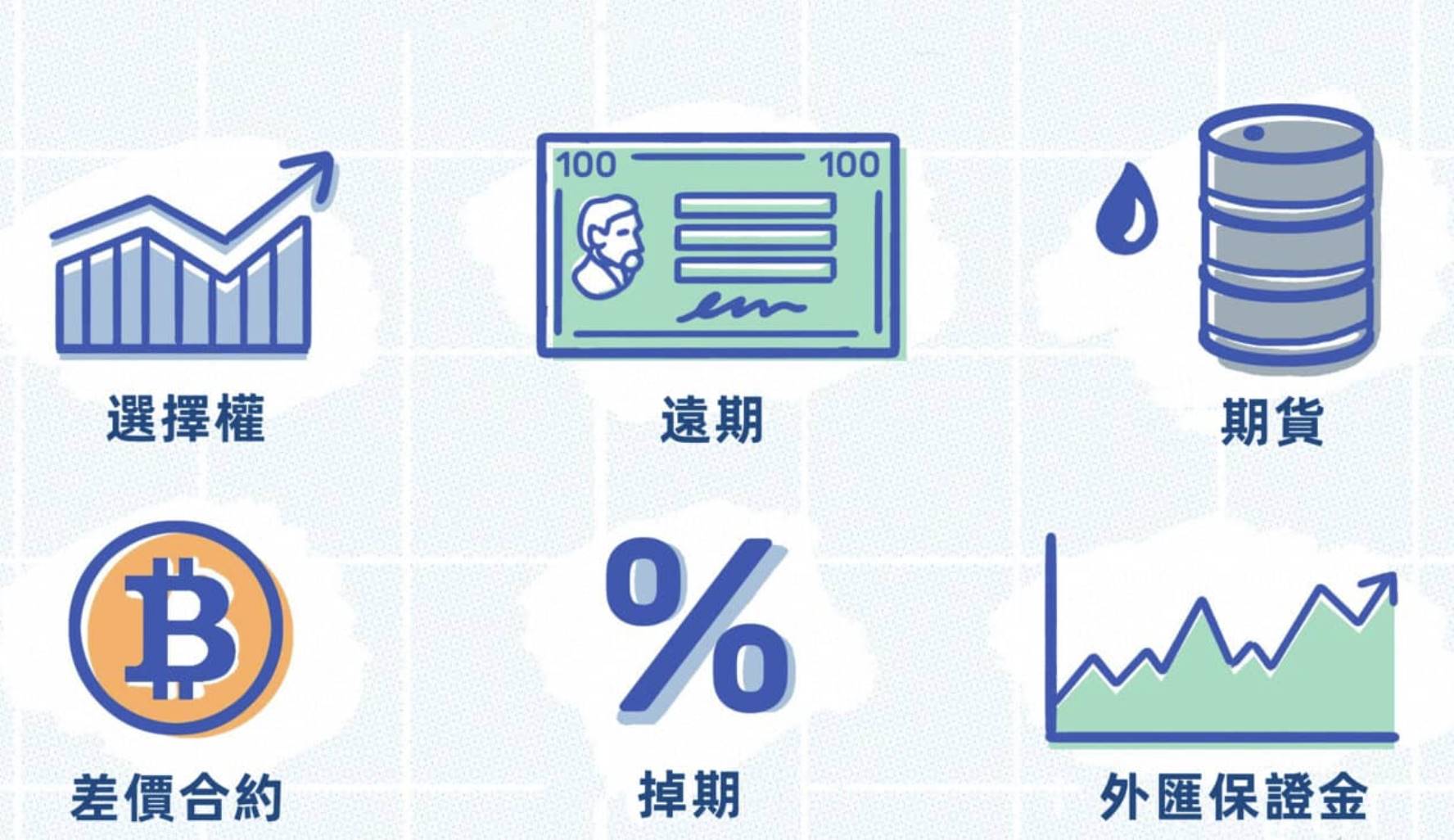
新兴金融形态的崛起:DeFi 与 CeFi 的诞生
DeFi:区块链驱动的去中心化金融系统
2015 年以太坊智能合约技术的突破,为 DeFi 的崛起提供了技术支撑。智能合约使金融规则以代码形式自动执行,无需传统中介机构参与,改变了金融交易模式。在 DeFi 生态中,「DeFi 铁三角」 发挥着关键作用。本质上,DeFi 复刻了传统金融的核心功能,借助区块链技术实现了 「无中介、全开放、自动化」,为金融体系带来了新活力。
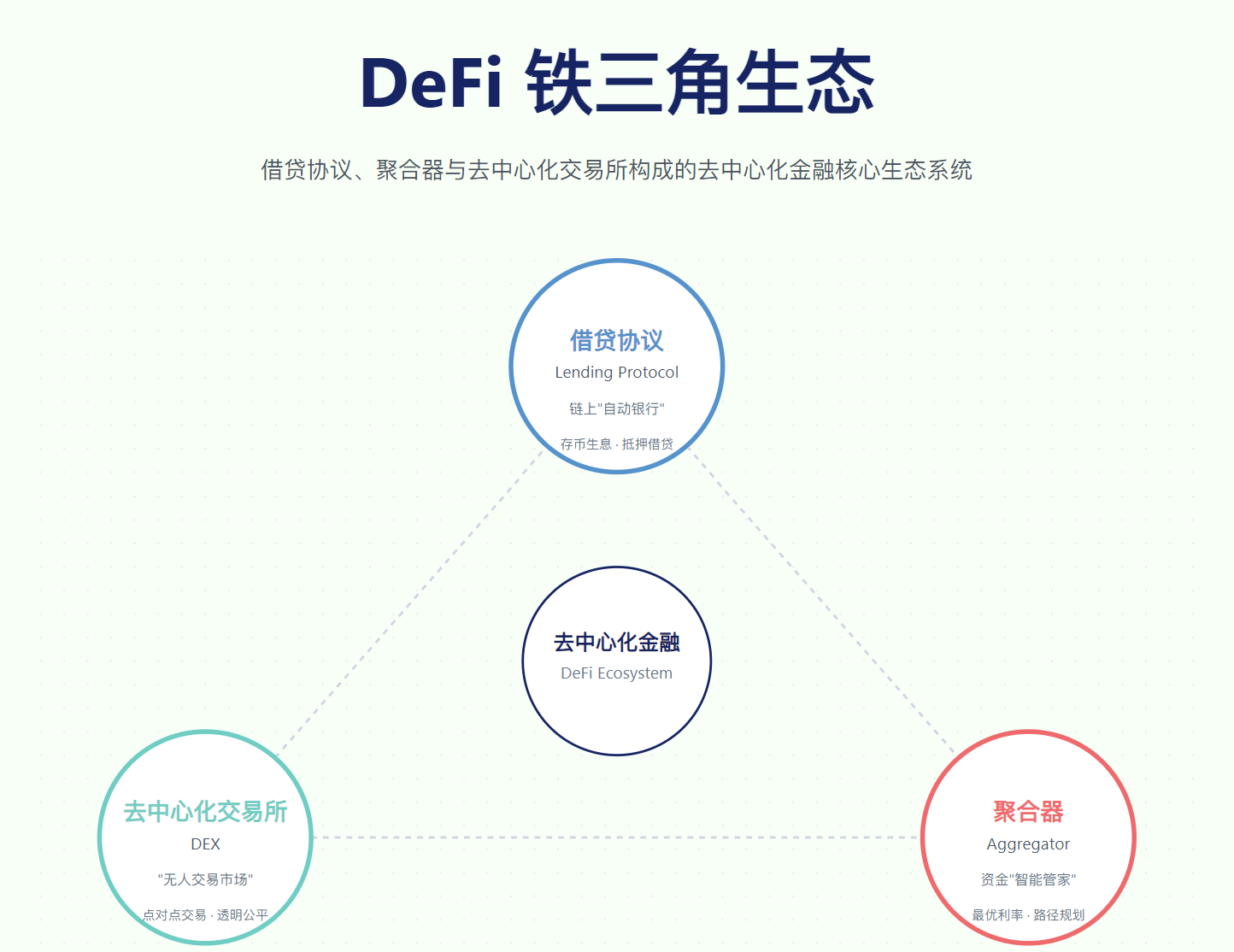
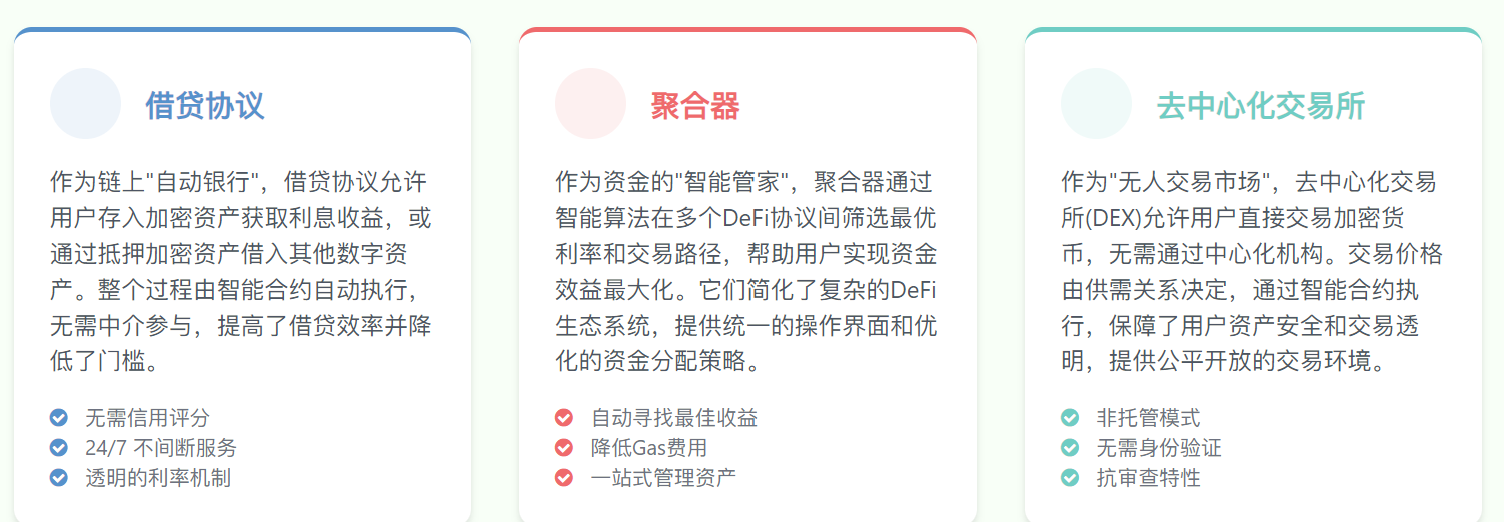
CeFi:连接传统与去中心化的中心化桥梁
DeFi 虽有创新优势,但面临技术门槛高和监管模糊等问题。CeFi 应运而生,作为连接传统金融与 DeFi 的桥梁,发挥 「转换器」的 作用。
它的主要作用很简单,就是帮用户把普通货币(比如人民币、美元)和加密货币(比如比特币、以太坊)互相转换,让钱在传统金融和 DeFi 之间转起来更方便;同时把 DeFi 的操作弄得更简单,用大家容易看懂的界面,降低普通人参与的难度,还负责保管用户资产以保证安全;另外,在符合规定的前提下,它还会承接传统金融机构(比如银行、证券公司)在区块链上的业务需求,帮这些机构探索链上业务,促进传统金融和 DeFi 更好地结合起来。

传统与新兴的融合
三大体系的角色定位与困境
TradFi
TradFi 就是我们平时接触的传统金融,比如去银行存钱、转账,在证券公司买股票、基金,或者买黄金、债券这些。
举个例子:假如你想给国外的朋友转 1 万美元,自己又没法直接操作,就必须找有跨境业务的银行帮忙:银行会先把人民币换成对方国家的货币,按规定收取手续费和汇率差价,再通过 SWIFT 系统流转,但中间要填一堆表格、经过好几道审核,往往得等几天才能到账,光手续费可能就扣几百块,他全程负责这笔钱的流转,出了问题也找银行解决。
这就是 TradFi 的模式 —— 不管是跨境转账、买股票还是贷款,都得通过银行、券商这些机构,它们定流程、收费用、担责任,你没法直接跳过它们,而这种模式也带来了跨境结算效率低、成本高的问题,再加上很多国家做生意依赖美元结算,一旦美元汇率波动,容易因此吃亏。
CeFi
CeFi 就是中心化的加密金融平台,相当于传统金融和加密货币世界之间的 「桥梁」,它能提供兑换通道;也能简化步骤让不懂技术的人轻松参与;还能帮银行、券商这些传统机构合规地做加密资产相关业务,推动两边融合。但它也有毛病:现在监管还没完全跟上,平台自己说了算,有时候平台为了自己赚钱,可能会偷偷挪用用户资产。
举个例子:假如你想把工资换成以太坊做加密理财,直接操作太麻烦,就可以用某知名加密货币交易所的 CeFi 平台,先通过银行卡充值人民币,一键换成以太坊,再用平台的简化理财功能存进去赚收益,整个过程不用自己研究复杂技术,平台都帮你搞定了,但是你得相信平台不会卷走你的钱。
DeFi
DeFi 就是用区块链技术搞的 「去中心化金融」,没有银行、券商这些中间商,就靠智能合约自动运行,交易透明,谁都能看得到。它能让转账、借钱这些事更快、更便宜,而且不管你有钱没钱、在任何地方,只要懂区块链操作,就能用它的服务。不过它也有麻烦:普通人想用好它,得先搞懂钱包、私钥这些技术,门槛有点高;而且代码万一有漏洞,可能被黑客盯上偷钱。
举个例子:比如你手里有比特币,想换点以太坊,可以不用找交易所,直接在 DeFi 平台上用自己的钱包连接平台,选好兑换比例,智能合约会自动把你的比特币换成以太坊,钱直接到你钱包里,全程没有中间商插手,手续费比交易所低,到账也快,但你得自己保管好钱包钥匙,不然丢了钱就找不回来了。
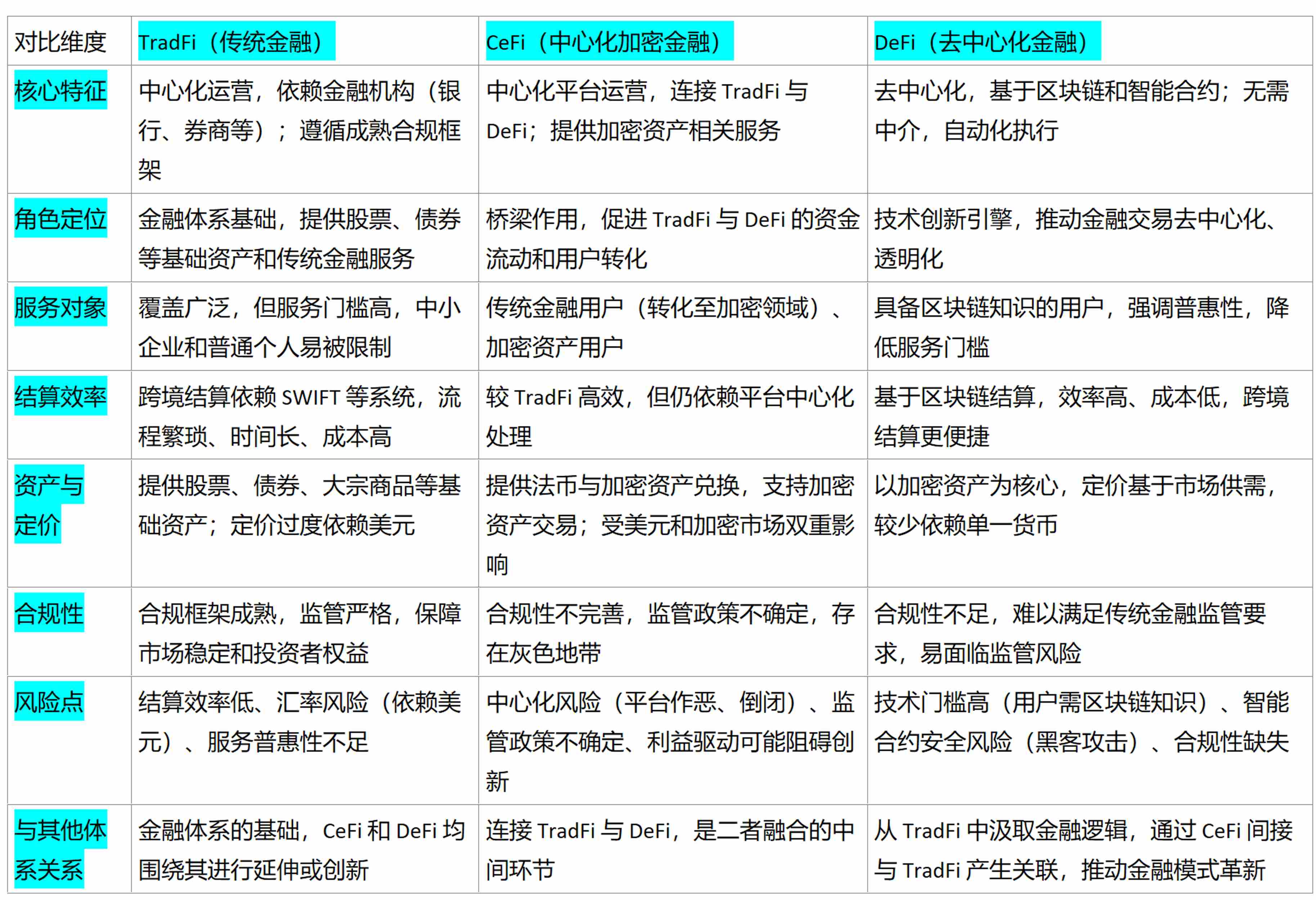
「Trifi 」生态的构建基石
在此,我们提出一个全新的概念 ——Trifi(即 「TradFi + CeFi + DeFi」 的融合形态)。传统金融的链上迁移过程,本质上正是传统金融(TradFi)、中心化金融(CeFi)与去中心化金融(DeFi)三者融合的过程:通过渐进式的渗透与协同,最终孕育出「 Trifi」 这一新型金融形态。这一路径深刻体现了金融业态从割裂到互联、从竞争到共生的底层演进逻辑,而 「Trifi 」正是这一演进过程的终极形态与核心产物。
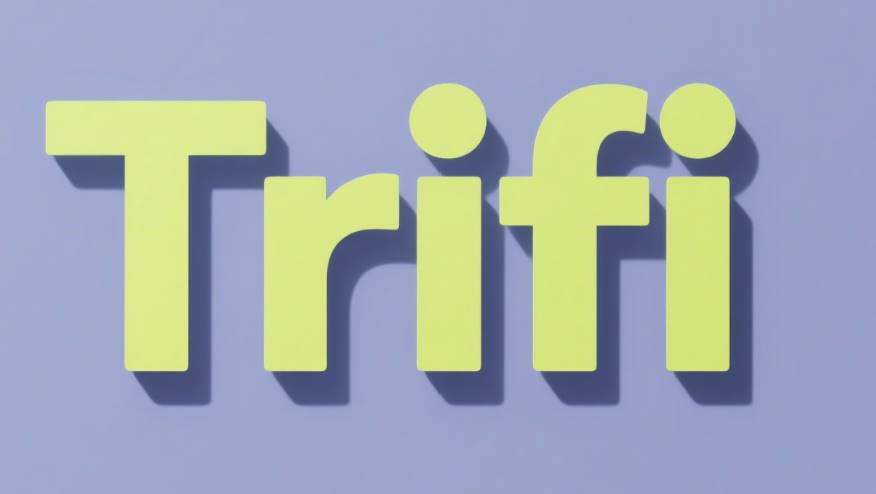
优势互补的核心逻辑:「Trifi 」生态的价值共生
TradFi、CeFi、DeFi 之所以能够融合形成 Trifi 生态,核心在于三者的核心优势形成互补,并通过协同效应解决传统金融与单一链上金融的痛点,构建更具韧性的金融体系。
举个例子:假如某传统房地产公司(TradFi 机构)他持有价值 1000 万美元的商业地产,他为提升资产的流动性,通过合规流程将房产拆分并代币化为「A 代币」(每枚代币对应相应的房产份额),并完成监管备案,他作为资产的提供者将线下资产转化为链上可流通的数字资产;之后该房地产公司选择加密交易所(CeFi 平台)作为中间节点,用户通过平台的合规通道用银行账户转入美元兑换为稳定币,同时房地产公司将 A 代币存入平台的托管账户,经平台审核后上线交易对,投资者可在平台用稳定币购买 A 代币,既能在平台内持有也可提取到个人区块链钱包,而平台能一边对接传统法币,一边为 A 代币提供合规交易场景,还为用户进入 DeFi 铺路,搭建起跨体系桥梁;而持有 A 代币的用户可将代币从平台转入 DeFi 借贷协议,借贷协议通过智能合约自动读取 A 代币的链上数据评估价值后,允许用户以 A 代币为抵押借出稳定币,整个借贷过程无需人工审核,抵押、清算全由代码执行,DeFi 提供了去中心化的金融工具,让原本只能在传统市场交易的房地产资产实现链上抵押借贷的新功能,大大提升了资产的资金效率,三者协同完成了传统资产从线下到链上的全流程迁移。
总的来说,TradFi 提供资金,Cefi 作为通道,Defi 提供技术支撑,三者结合使得 「Trifi」 生态既能承接巨额传统资本,又能发挥链上金融的创新潜力。
未来金融系统的构建与发展趋势
流通系统的核心:支付与结算的演进
跨国贸易场景中的变革
在跨国贸易领域,区块链技术正深刻重构跨境结算体系。
以闪电网络为例,闪电网络就像是在比特币这个平台上开的 「快速通道」。以前小额钱要跨国转,不仅慢,手续费还不低。现在有了它,几秒钟就能到账,手续费也少了很多。这样一来,小企业或者个人做跨国小生意时,钱周转得快了,花的成本也低,自然就更愿意做全球的小买卖了。
再说说大宗商品贸易,比如石油交易,现在有个叫 Layer2 的技术。这个技术能让交易更顺畅,花的钱也更少。它还能把大宗商品变成 「数字代币」,就像把石油变成了一串数字代码。买卖双方不用走以前那些麻烦流程了,比如开信用证、来回传递船运单据啥的,直接通过智能合约交易这些数字代币,钱马上就能结清,交易效率能提高不少。
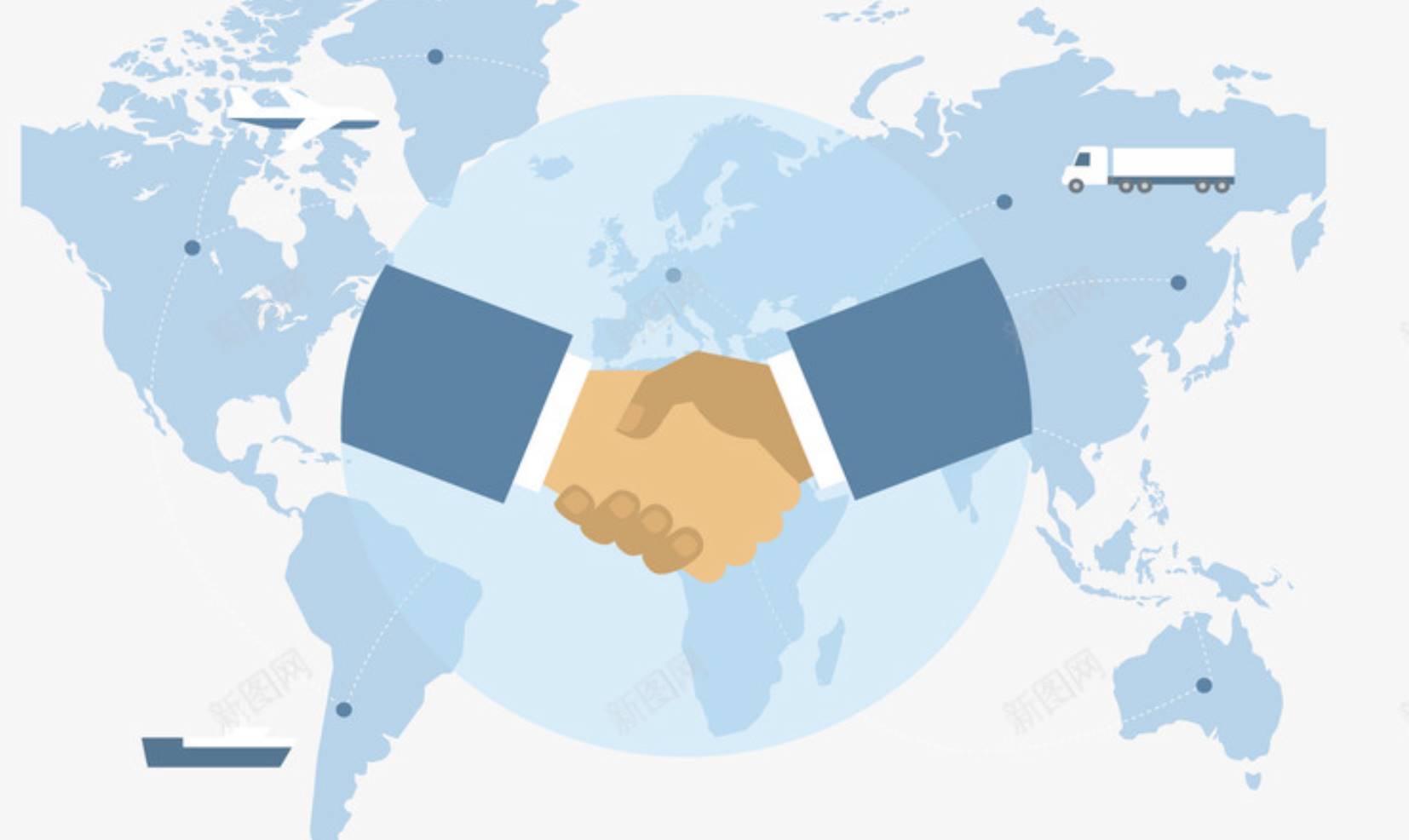
社交与普惠场景的创新
去中心化社交平台嵌入支付功能成为趋势。
现在有些新方式让金融服务变得跟咱们日常生活贴得更近了,比如 「链上发红包」「点对点直接转小钱」 这些功能。以前咱们转点钱,要么得被收不少手续费,要么受限于某几个支付平台,操作起来也麻烦。现在在一些去中心化的社交平台上,用加密货币转小额钱就方便多了,不怕手续费太高,也不用走那些绕弯子的流程。这一点对偏远地区没银行账户、收入不高的人群来说特别有用。以前他们可能很难享受到正规的金融服务,现在通过这些新方式,就能更方便地参与进来,金融服务的门槛也就降低了。

国家在支付结算中的角色转变
那些金额巨大、风险又复杂的跨国贸易结算,在很长一段时间里还是得由国家来主导。国家会通过制定货币政策、监管金融机构、参与国际金融合作这些方式,来保证结算又稳又安全。比如说涉及到石油、矿产这些战略资源的贸易时,国家会严格管好用什么货币结算、怎么结算,这样才能维护好国家的经济安全和利益。
不过,随着区块链技术越来越成熟好用,那些中小型的跨境结算业务会慢慢转移到区块链上进行。这时候政府可以出台相关的政策法规,规范和引导区块链在中小型跨境结算中的使用,既要让金融科技能创新发展,又要做好监管,这样才能提高国家在全球金融市场上的竞争力。
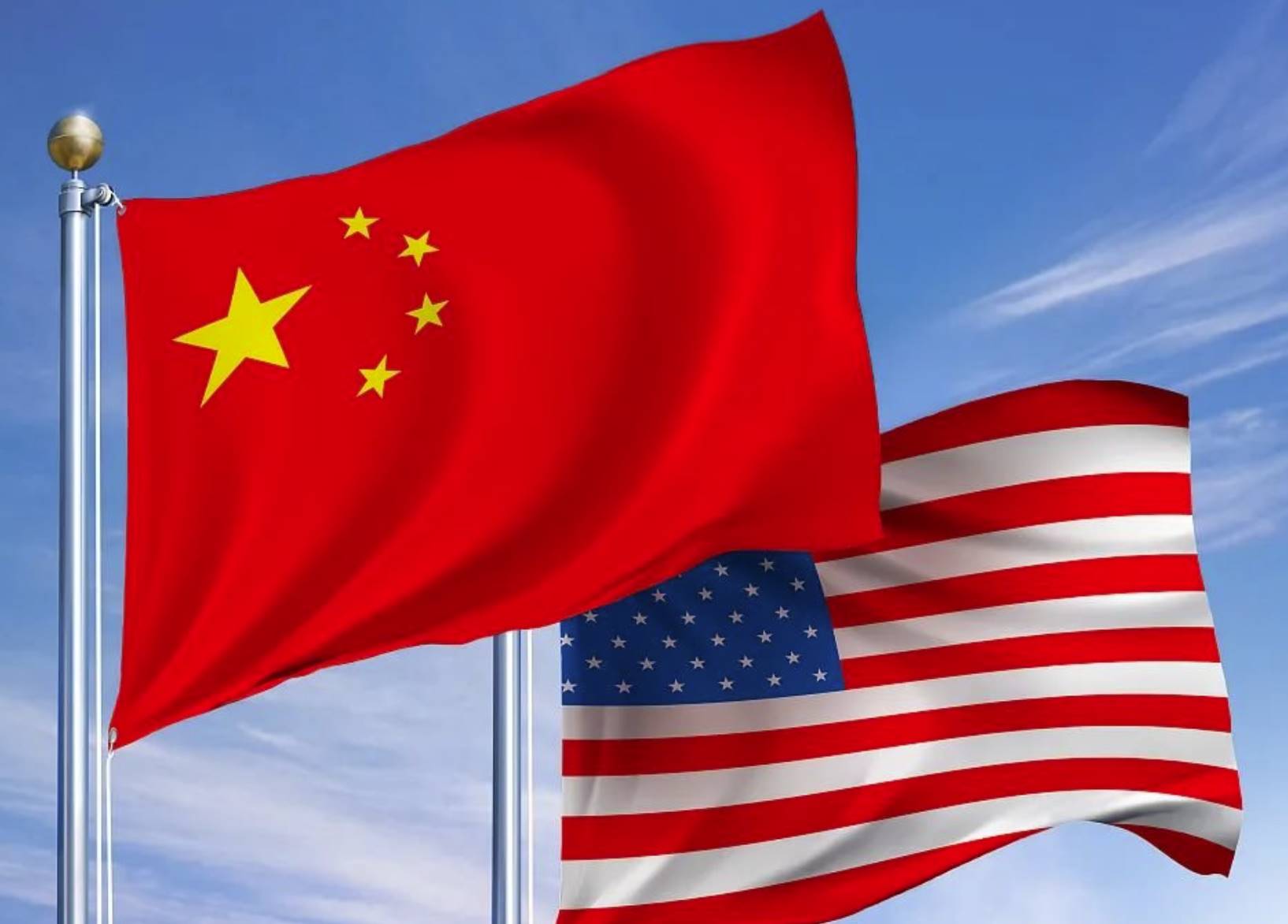
定价权与稳定币的锚定之争
美元霸权面临挑战
美元在全球金融体系的霸权地位在数字货币时代遭遇冲击。美国试图通过《GENIUS 法案》等加强对稳定币的监管,维持美元在链上定价权。当前多数主流稳定币(如 USDT、USDC)锚定美元,美国监管稳定币发行商储备资产、运营模式,确保其与美元紧密挂钩,巩固美元核心地位。但全球经济格局多极化发展,其他国家和地区积极探索区域化结算,降低对美元依赖。

多极稳定币体系的发展
中国积极推进数字人民币研发试点,其具备可控匿名、双离线支付等特性,国内试点已涵盖零售、交通、政务等领域,未来有望在 「一带一路」 沿线国家贸易结算中发挥更大作用,推动人民币国际化。欧盟也在探索数字货币发展,旨在增强欧洲在全球金融体系话语权,降低美元波动影响。这些区域化结算方案将挑战美元在稳定币领域主导地位,促使全球金融体系向 「美元为主、多币共存」 的稳定币体系发展,推动金融体系多元化。
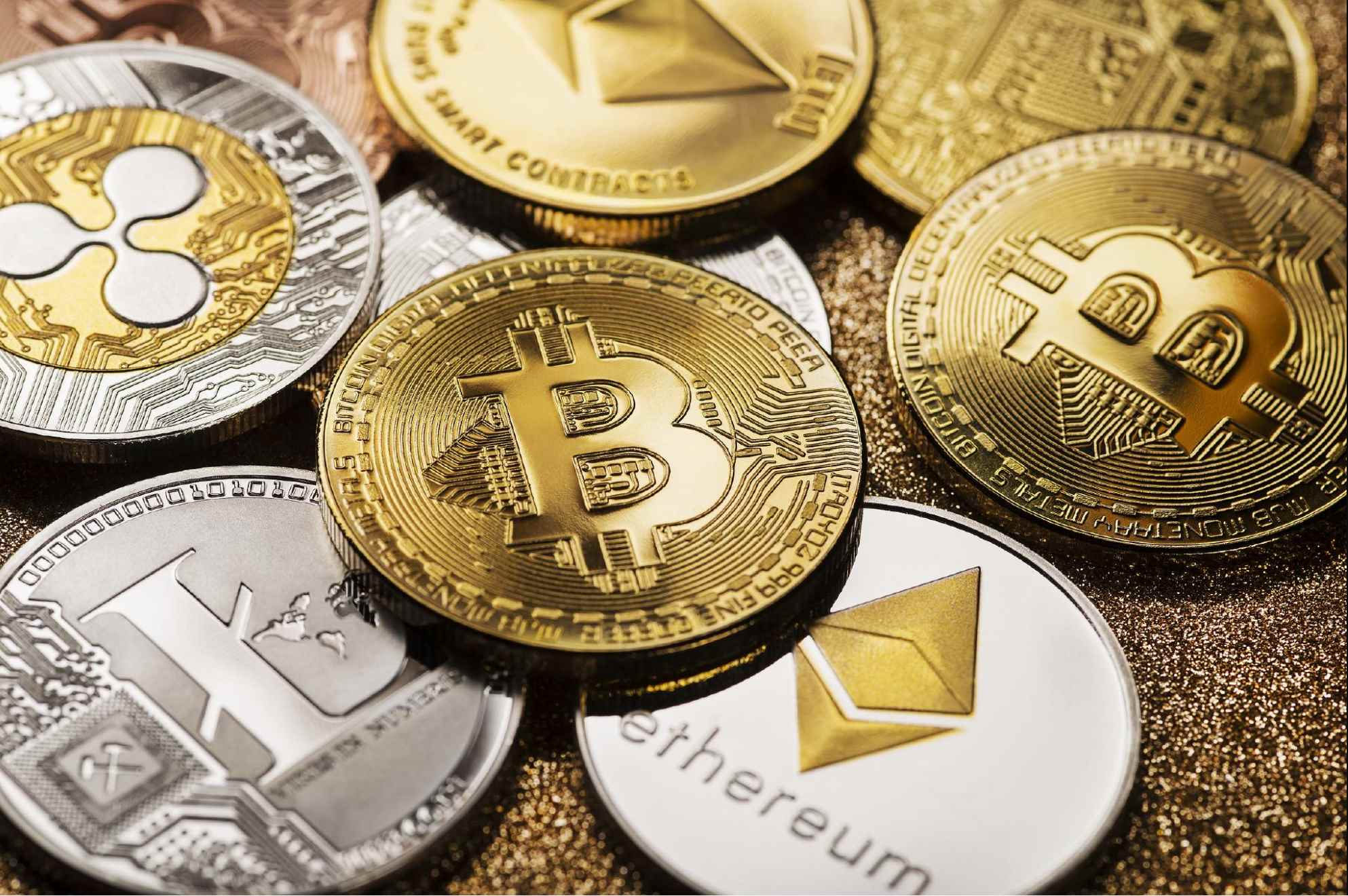
新机遇:传统金融链上迁移与 DeFi 2.0
RWA 代币化的发展趋势
RWA(现实世界资产)代币化是未来金融发展重要方向。美股、私募股权、房地产等传统金融资产通过链上发行代币进入 DeFi 生态,成为新的抵押品与交易标的。以美股为例,代币化后投资者可在 DeFi 平台交易、借贷股票代币,拓宽投资渠道,为上市公司提供新的融资途径。私募股权代币化提高了资产流动性,房地产资产代币化分割降低了投资门槛,使更多人能参与投资,分享收益,将传统金融与 DeFi 紧密结合,为金融市场注入活力。
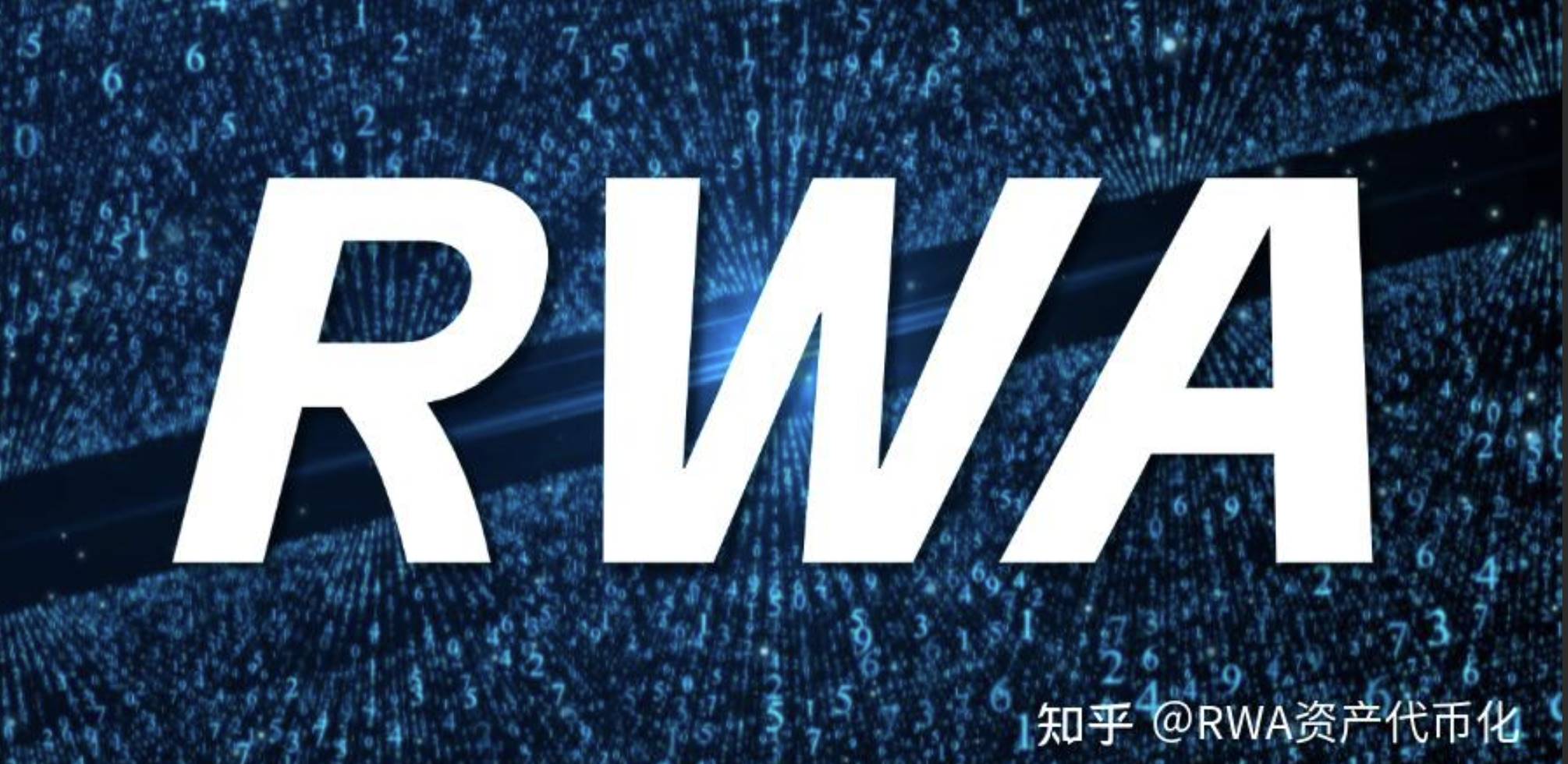
DeFi 2.0 的核心目标与发展
DeFi 2.0 旨在复刻传统金融复杂场景,打造 「链上华尔街」。基于美股代币等 RWA 开展复杂金融业务,如美股代币借贷、衍生品交易。通过智能合约和区块链技术,实现传统金融复杂产品与交易策略链上化。投资者可抵押美股代币借入资金投资,或购买基于美股代币的期货、期权等衍生品进行风险管理和投机交易,丰富 DeFi 生态金融产品与服务,提高金融市场效率和透明度。
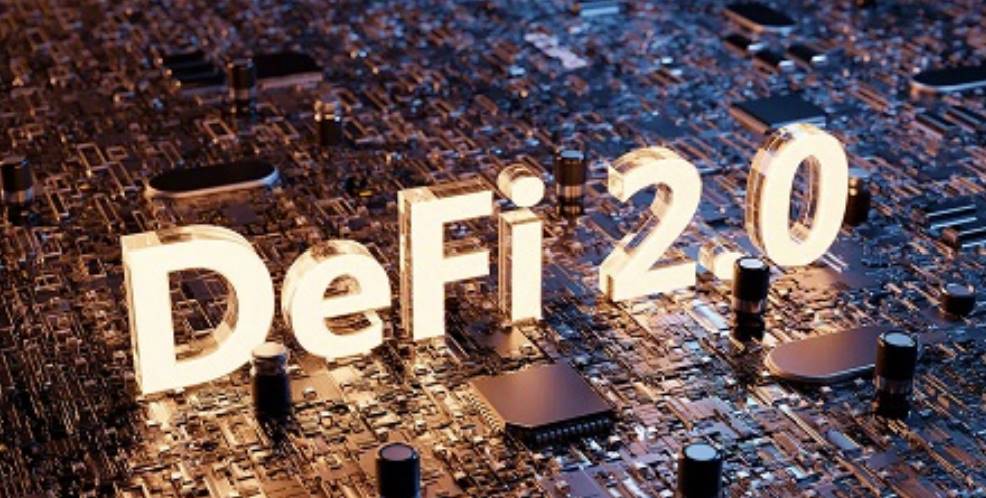
传统金融机构的推动作用
随着监管政策完善,传统金融机构对加密资产接受度提高,银行、资管公司等涉足加密资产领域,通过投资、合作参与 DeFi 生态建设。它们带来大量资金、专业人才和成熟风险管理经验,有助于推动加密资产成为主流投资品类。传统金融机构利用品牌和客户资源推广加密资产投资产品,提高市场认可度和流动性,其合规运营促进加密资产市场规范化,为传统金融与新兴金融深度融合创造良好环境。

总结
下一轮传统金融链上迁移的核心趋势中,RWA(现实世界资产)代币化将成为主流,从房地产、美股到私募股权,大量实体资产会被拆分成链上代币,成为「有实体背书的新山寨币」,推动「山寨季」的到来;以太坊生态依托成熟的 DeFi 基建和合规性,将成为 RWA 代币化的核心载体,通过智能合约实现资产跨链流通、借贷等,爆发点在于 RWA 与 DeFi 的深度融合。
关键赛道集中在 RWA 代币化、以太坊生态内的 DeFi 创新以及合规链上交易所(如纳斯达克链上平台),未上市企业可通过合规流程将私募股权代币化,在链上交易所融资,无需传统 IPO,降低上市门槛;同时,TradFi 提供资产和合规框架,DeFi 提供链上工具实现「套娃」(如 RWA 抵押生成稳定币,再用稳定币投资其他代币化资产),两者协同推动市场从炒作向「链上实体资产金融化」转型。
免责声明:本文章仅代表作者个人观点,不代表本平台的立场和观点。本文章仅供信息分享,不构成对任何人的任何投资建议。用户与作者之间的任何争议,与本平台无关。如网页中刊载的文章或图片涉及侵权,请提供相关的权利证明和身份证明发送邮件到support@aicoin.com,本平台相关工作人员将会进行核查。




